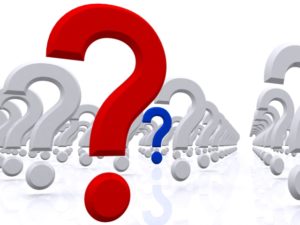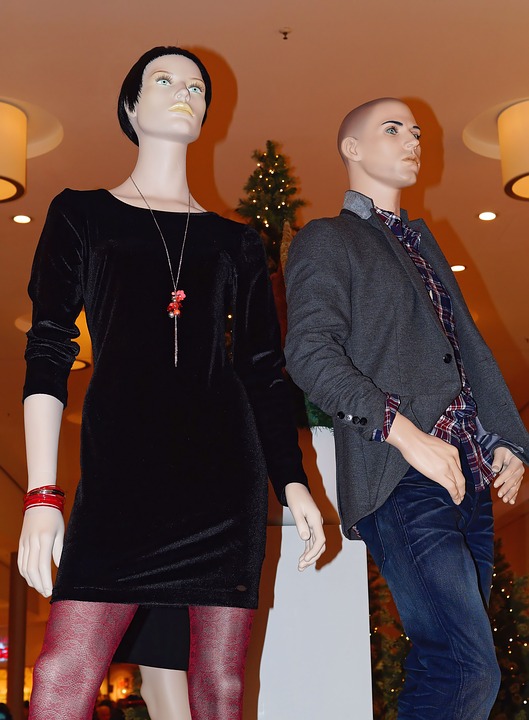
Frequently Asked Questions About Visual Merchandising
 Visual merchandising plays an important role in the function of modern-day retail stores and businesses. It’s used to attract shoppers, encouraging them to purchase a presented product or products. Today we’re going to reveal some frequently asked questions and answers surrounding the art of visual merchandising.
Visual merchandising plays an important role in the function of modern-day retail stores and businesses. It’s used to attract shoppers, encouraging them to purchase a presented product or products. Today we’re going to reveal some frequently asked questions and answers surrounding the art of visual merchandising.
What Elements Should be Considered When Designing a Product Display?
Elements used in a product display will vary depending on the store, the product, and goal. However, some of the most common elements used in product displays include lighting, product information (e.g. name and price), scents, sounds, digital displays, and interactive installations.
What is a ‘Point of Purchase’ Display?
In the world of visual merchandising, a point of purchase display is exactly what it sounds like: a product display that’s placed on or near the checkout register. Whether you’re shopping at a grocery store, apparel store or even an electronics store, you’ve probably seen them before. Point of purchase displays often include impulse buy products like snacks, gum, mints, etc. When a shopper is ready to check out, he or she will notice the products and hopefully decide to buy them.
Can Scents be Used in Visual Merchandising?
The term visual merchandising is somewhat of a misnomer, because it can include the stimulation of other senses besides just sight. Scents, for instance, are often used in visual merchandising. Scents like lavender and cinnamon tend to create a relaxing, stress-reducing effect in shoppers.
What Tools Can Assist with Visual Merchandising?
There are several different tools that can help a retailer with his or her visual merchandising strategy. Planograms are one such tool, featuring the layout of a shelf, pegboard or similar fixture, along with the appropriate product arrangement. A professional visual merchandiser may also want to use a camera and measuring tape.
Should I Use a Theme for My Product Displays?
While there are always exceptions to this rule, it’s usually a good idea to construct your product displays around a central theme or concept. For instance, a retail apparel store during the summer may create a beach-themed product display in which mannequins are presented wearing bathing suits and other beach-related accessories. Studies have shown that consumers respond more actively when presented with themed product displays such as this.
If you have any questions at all about visual merchandising, please give us a call at 800.241.6897 or email us at /contact-us/.


